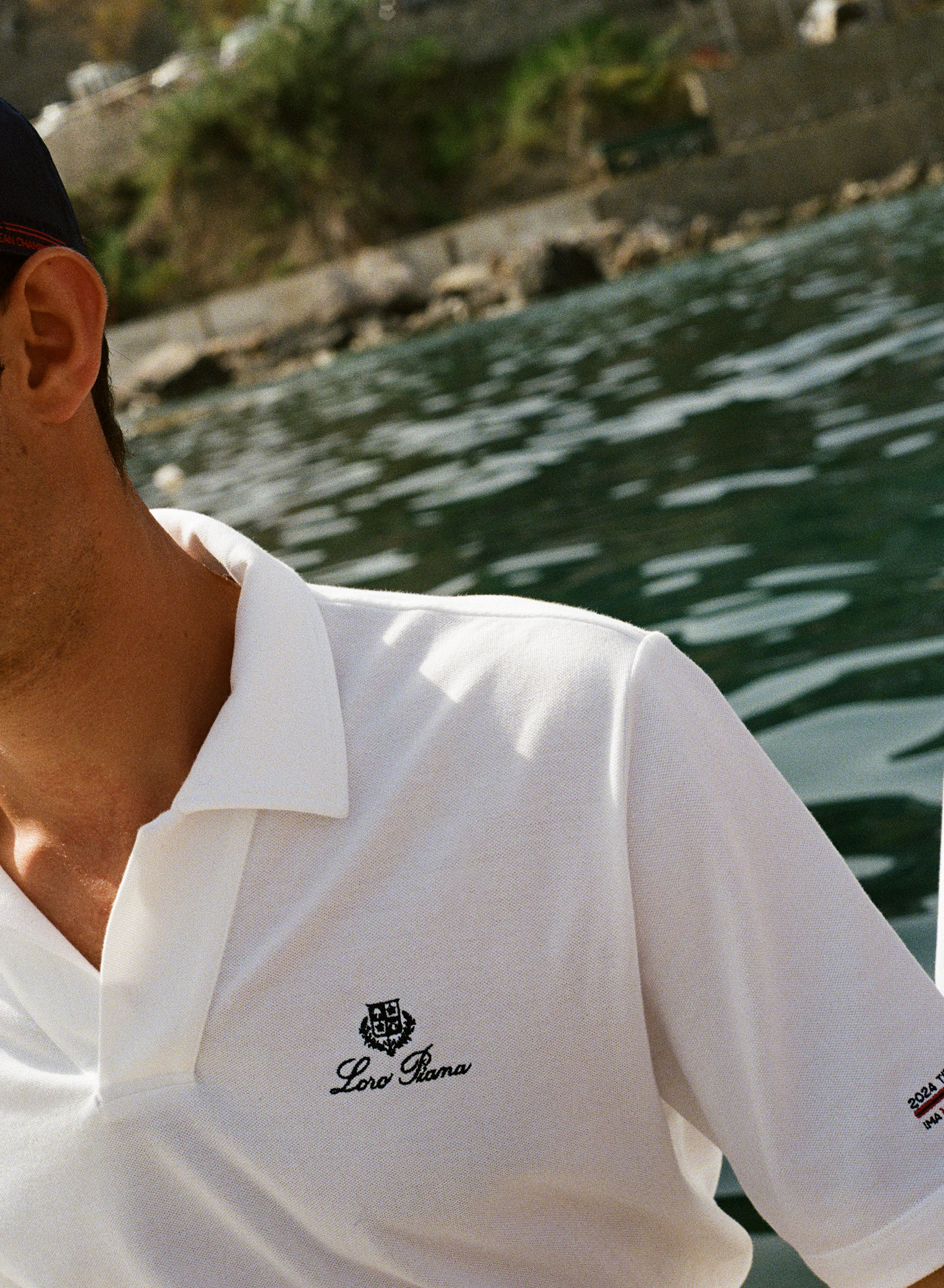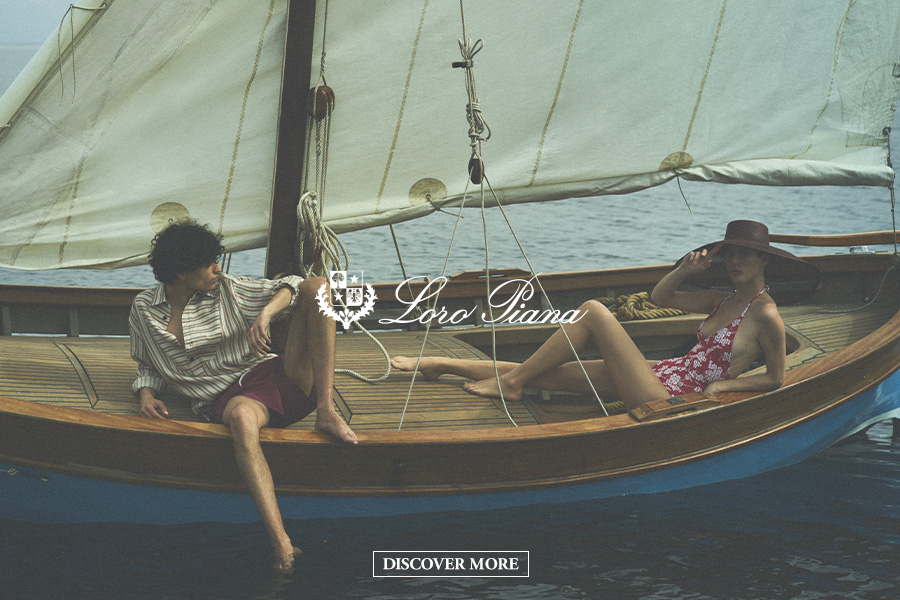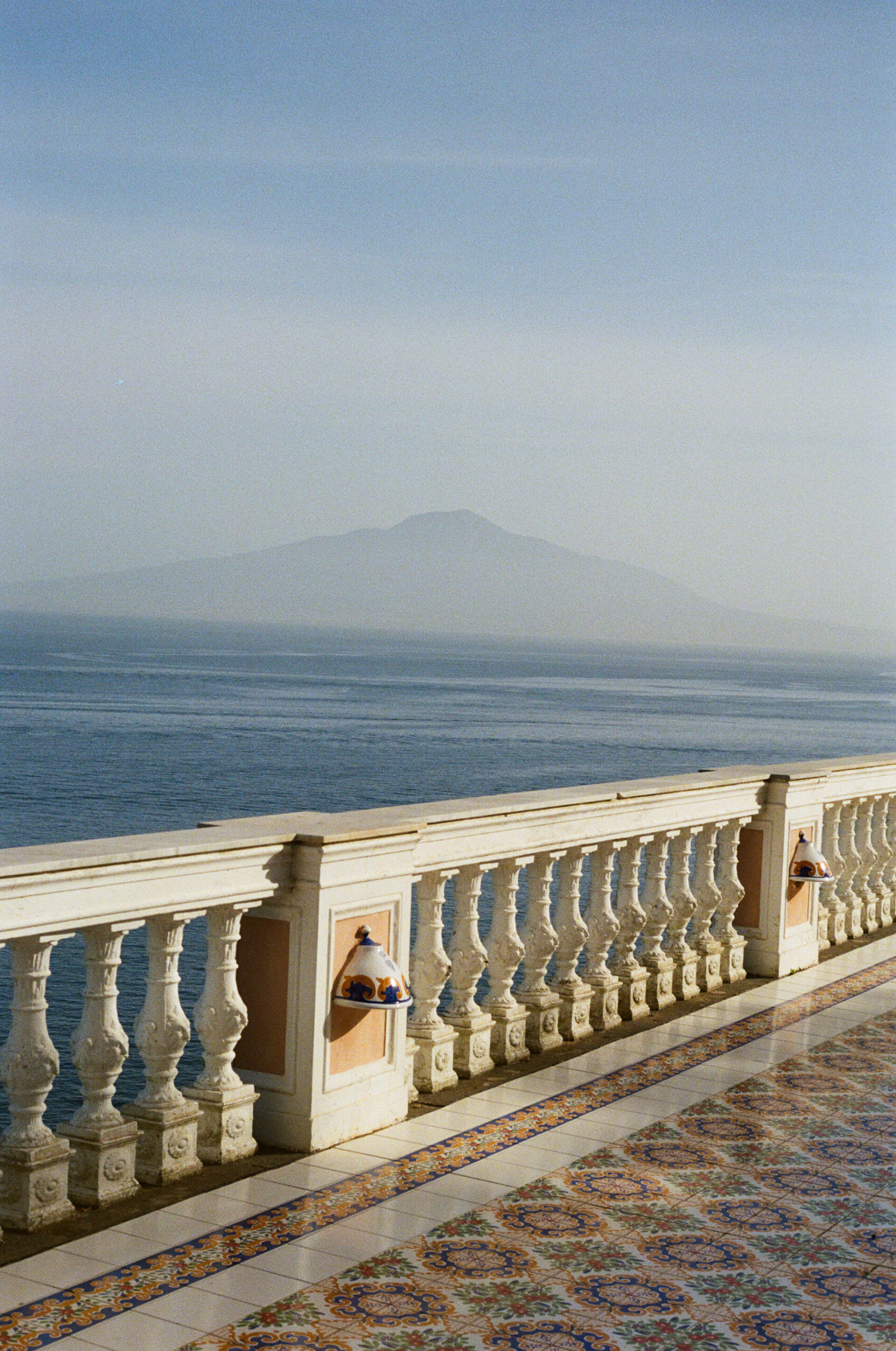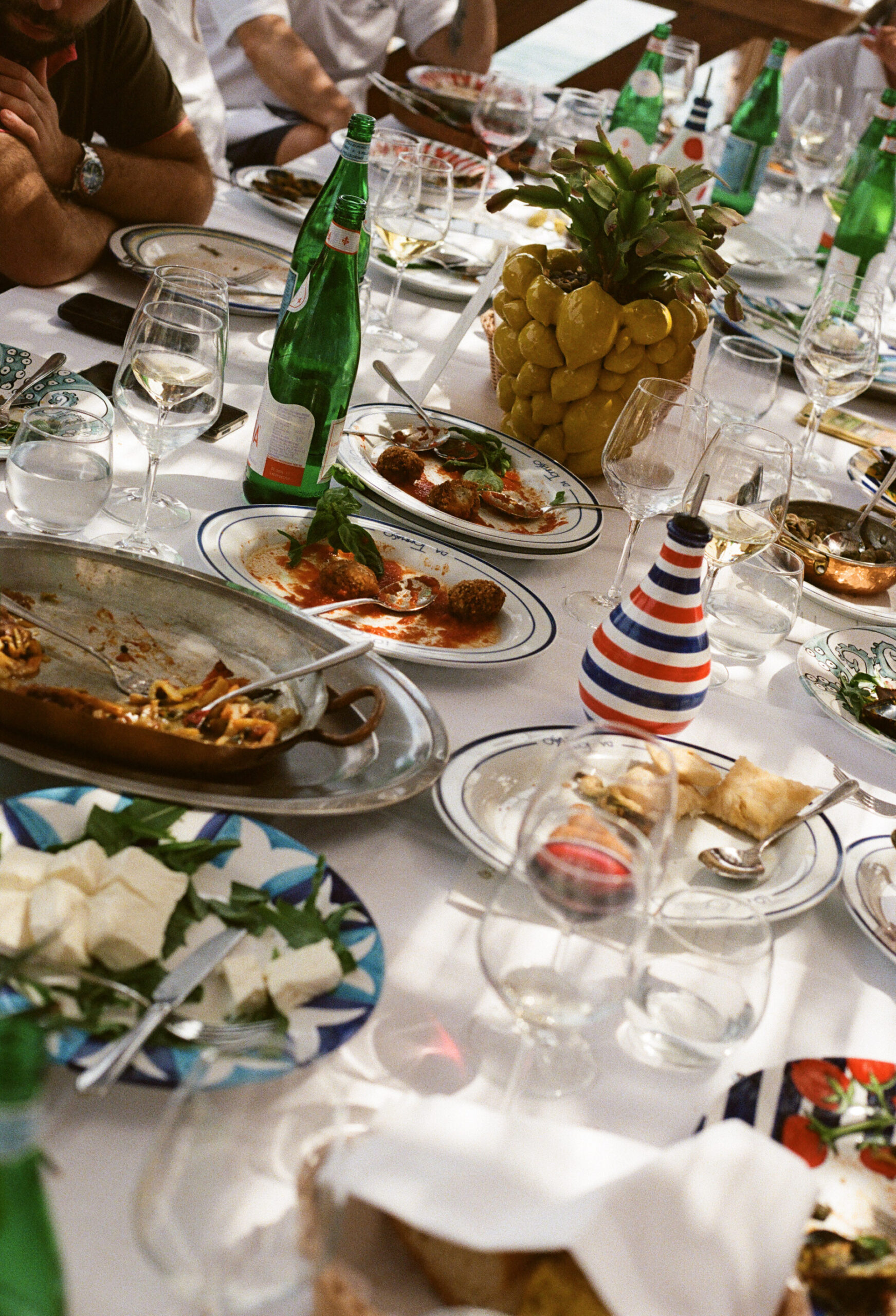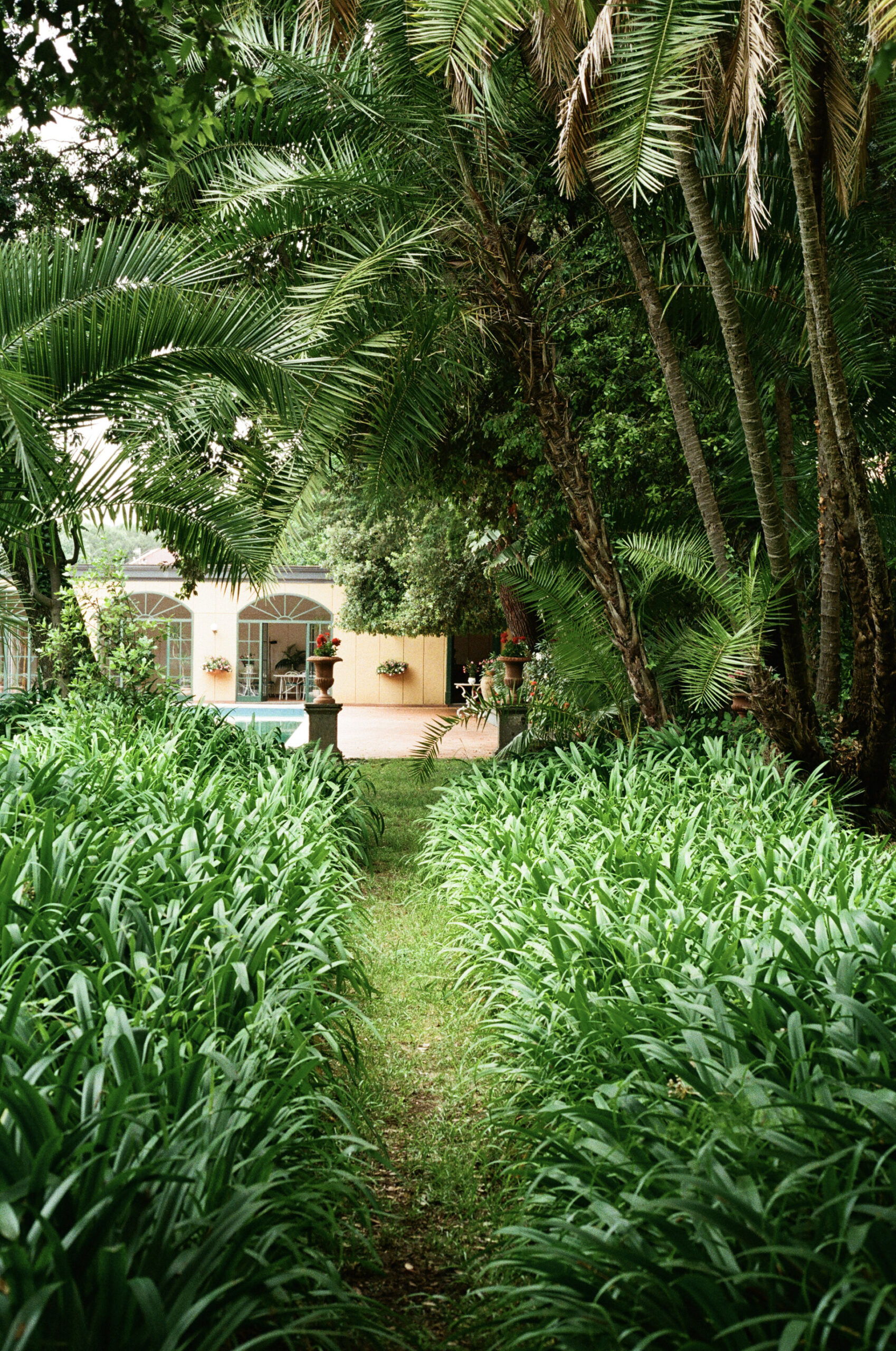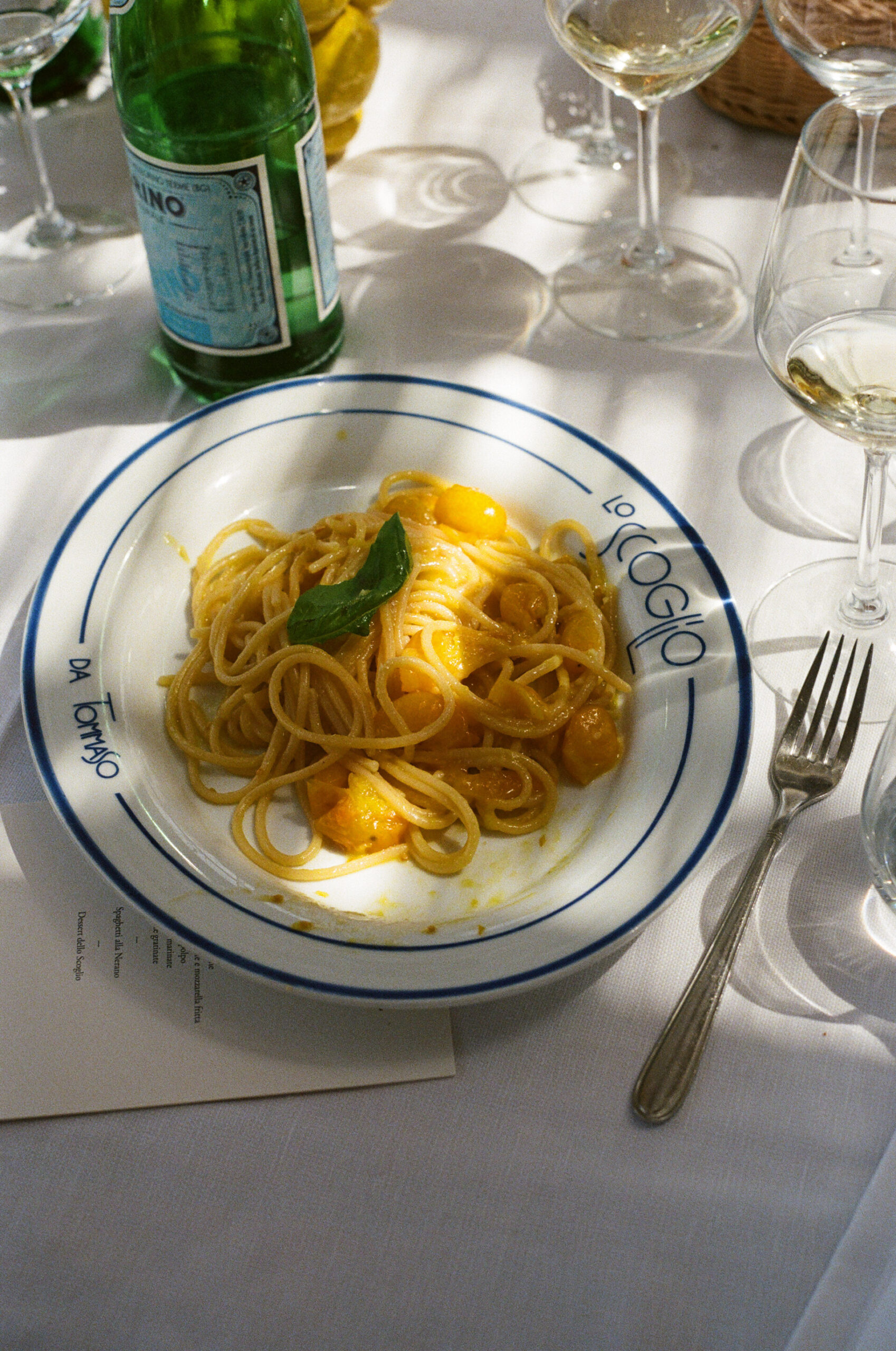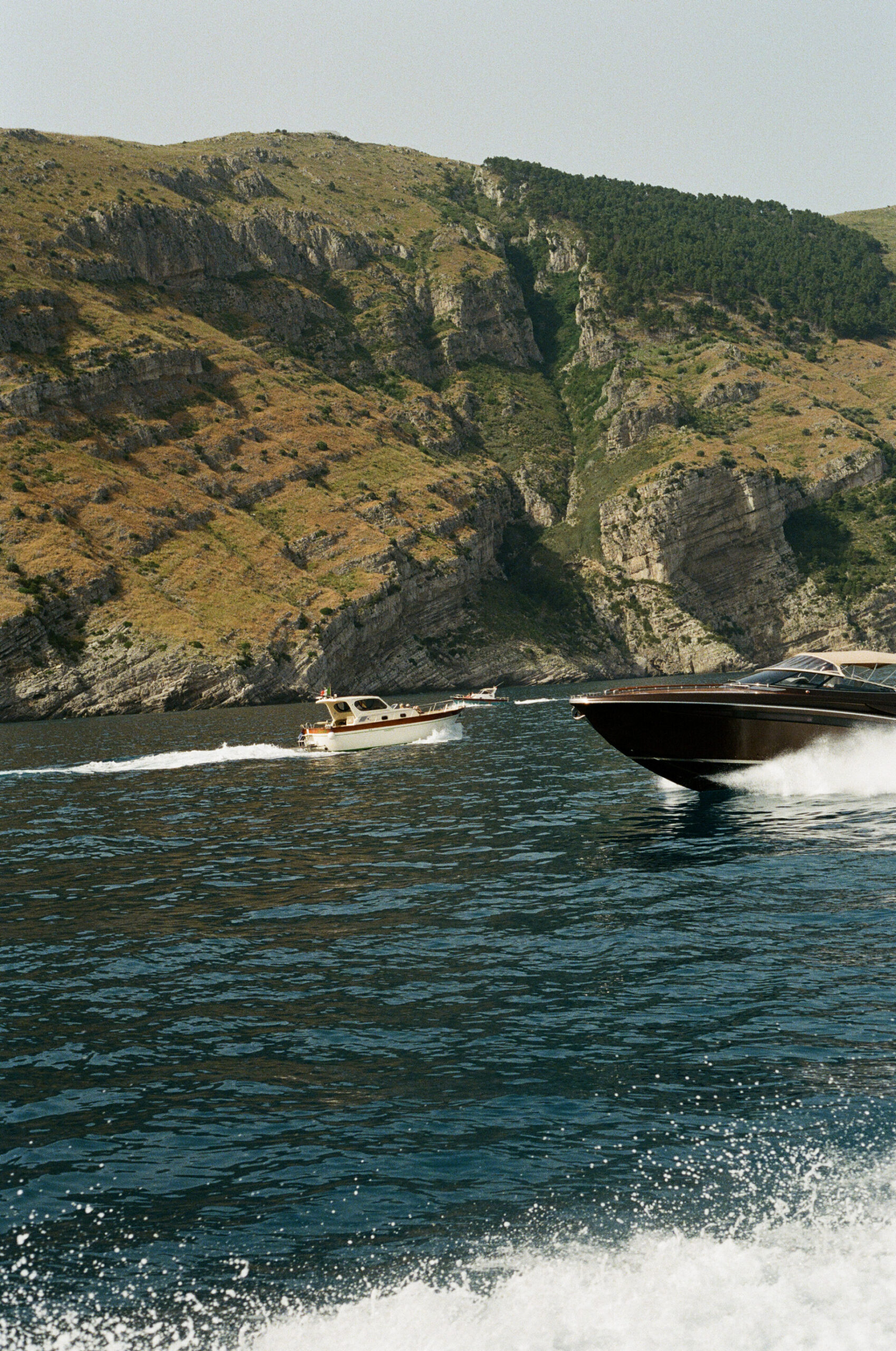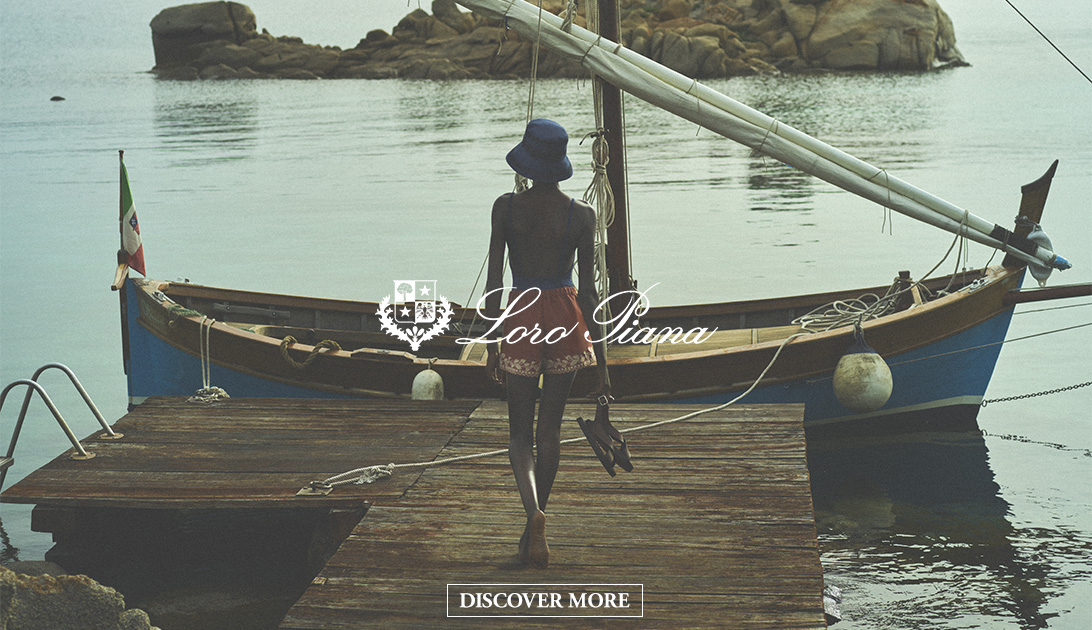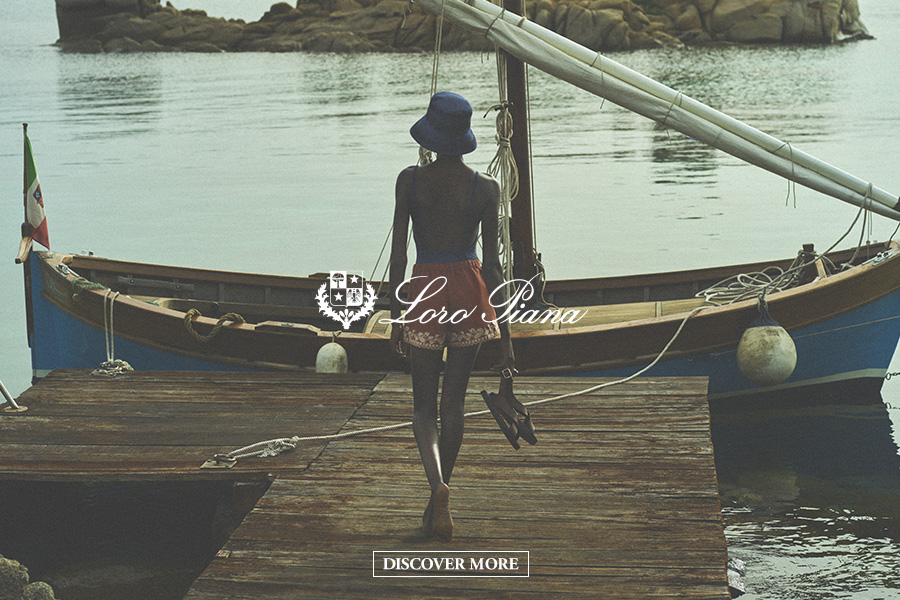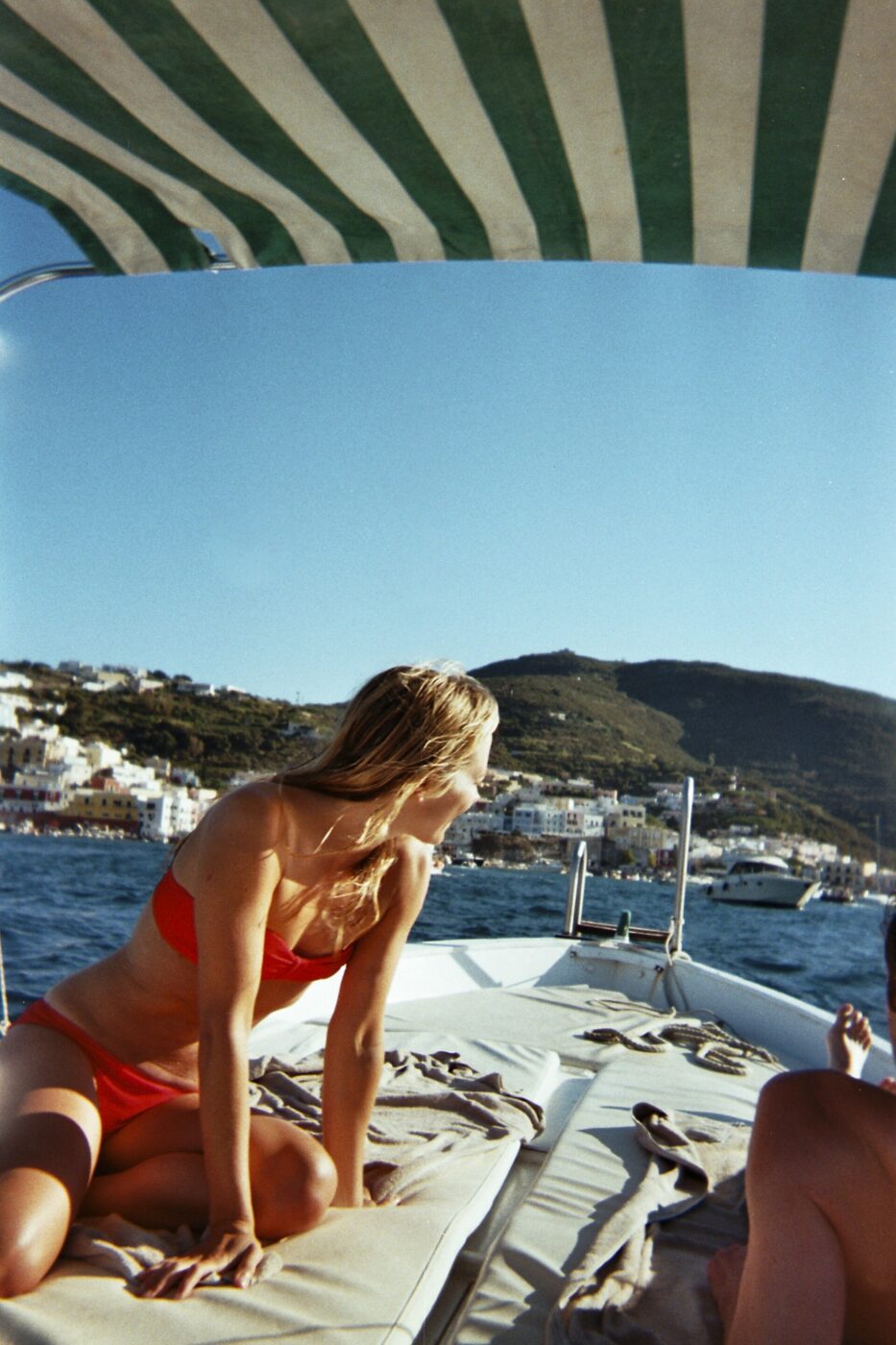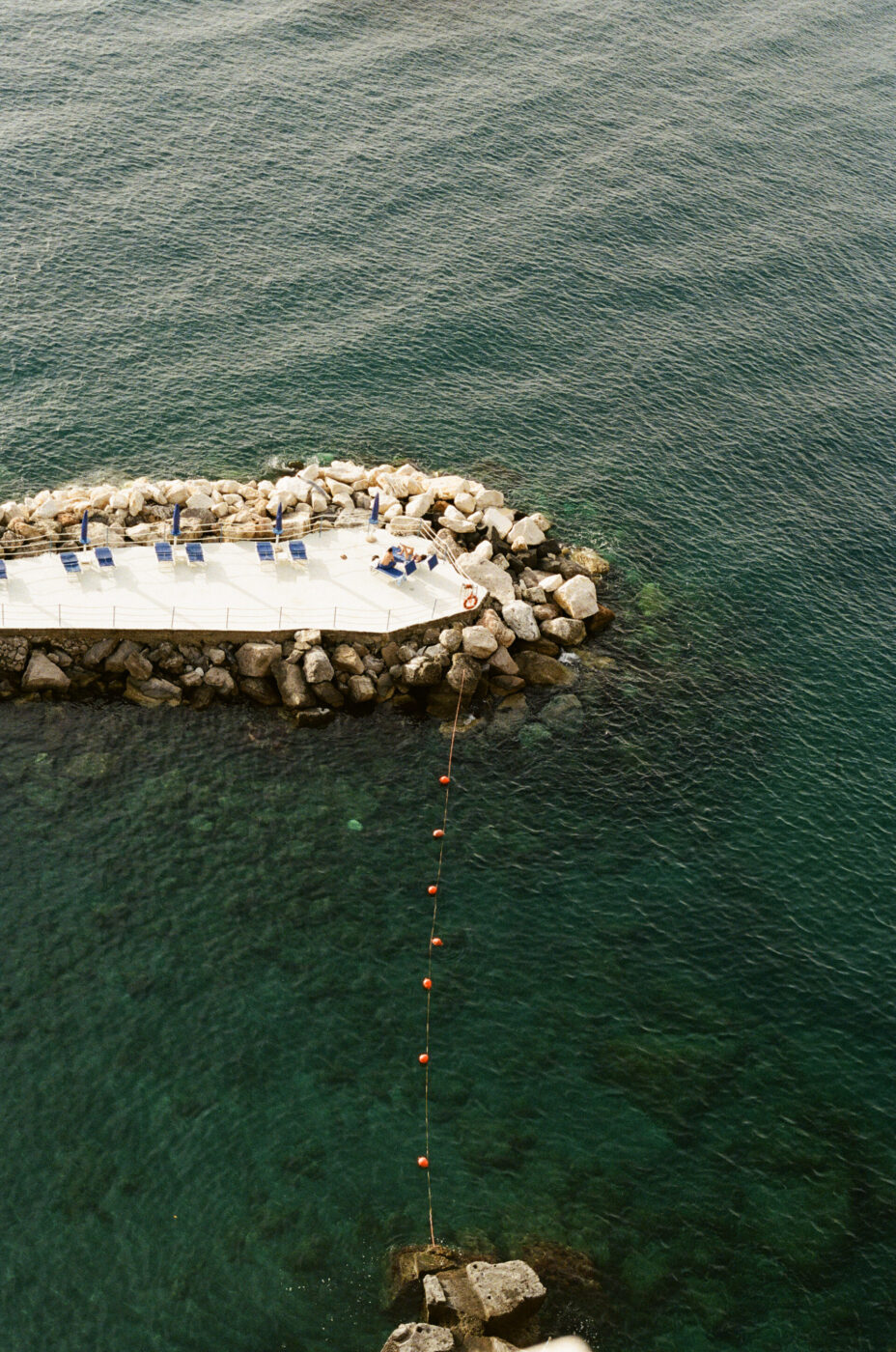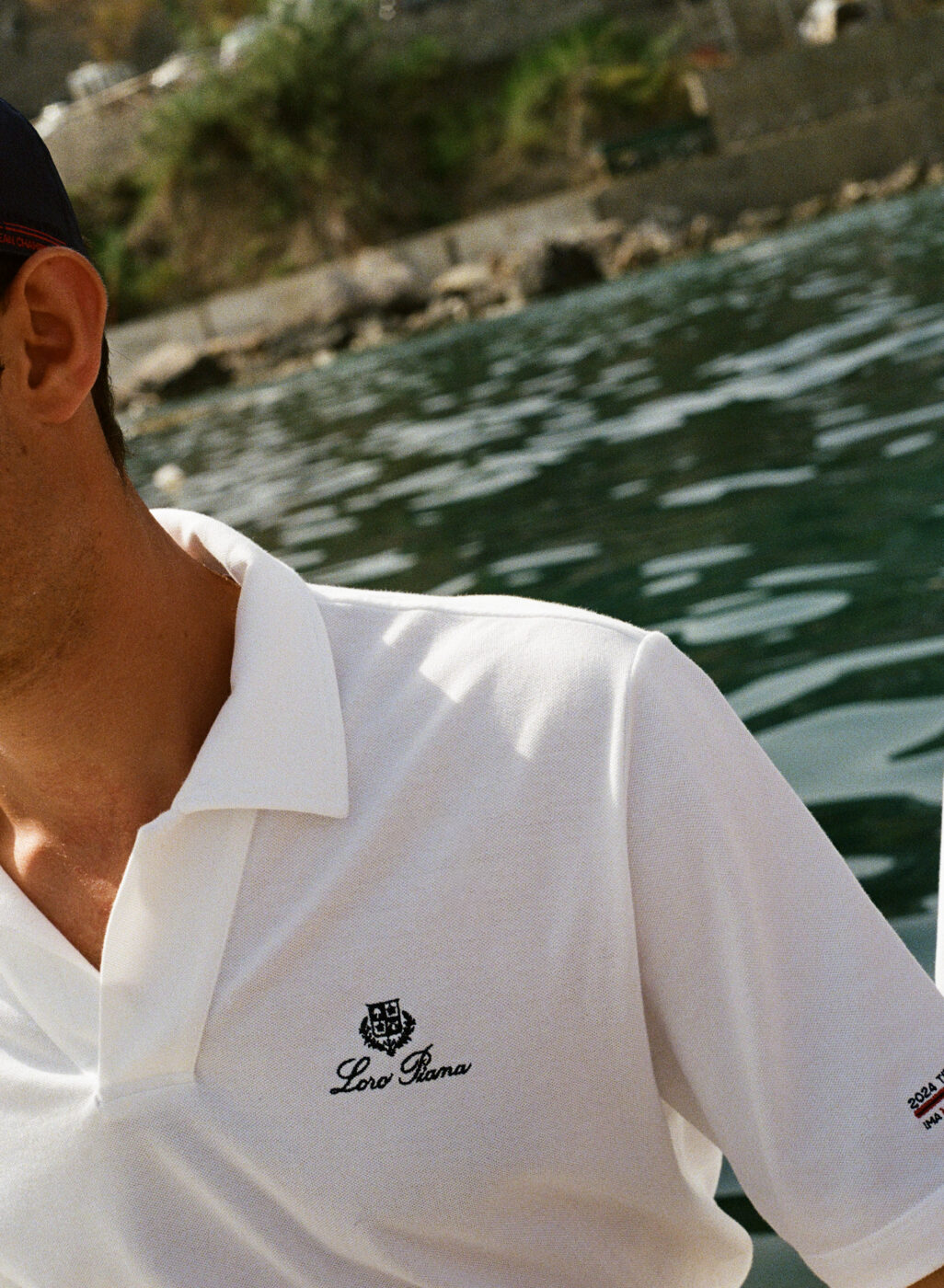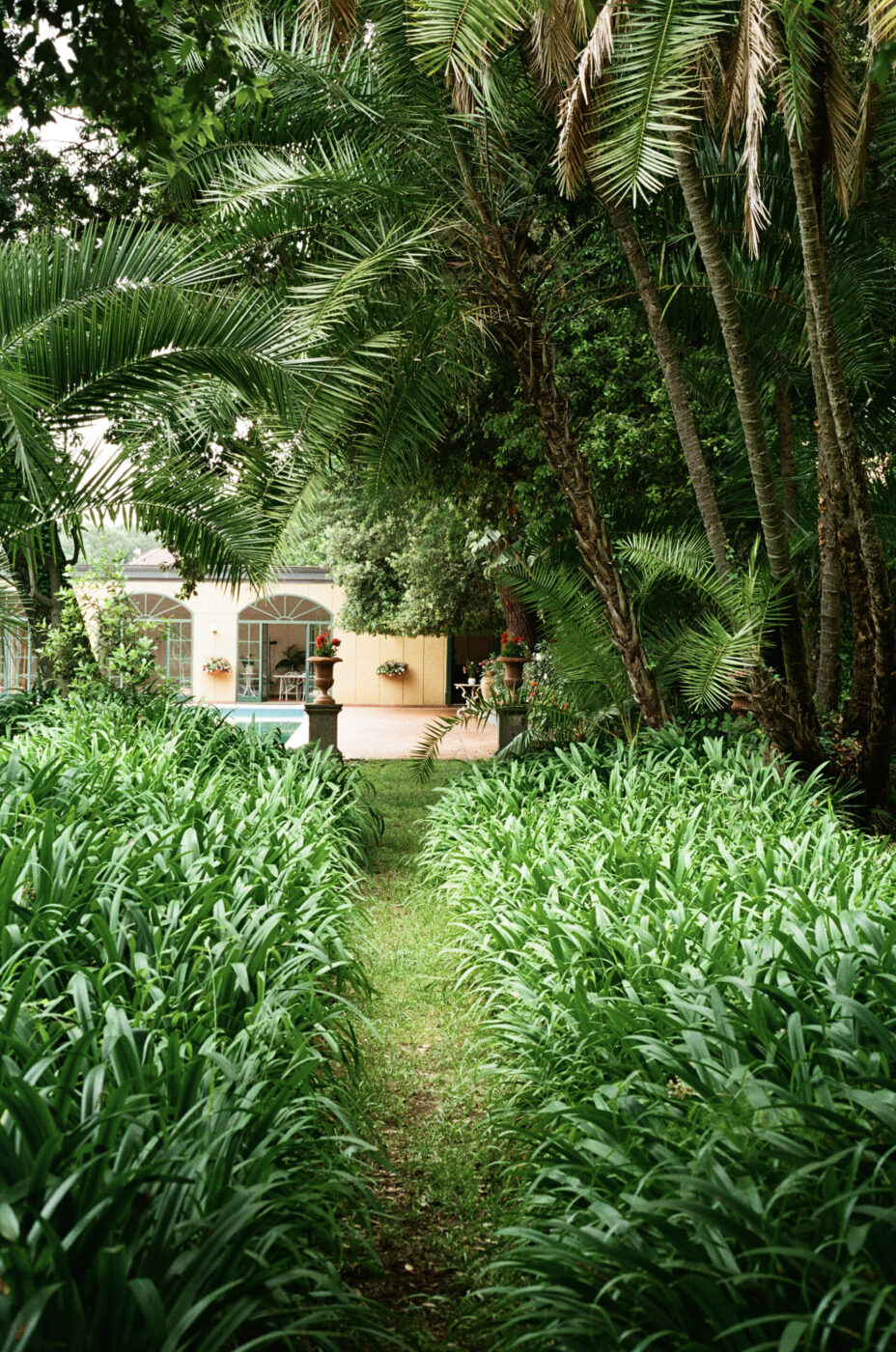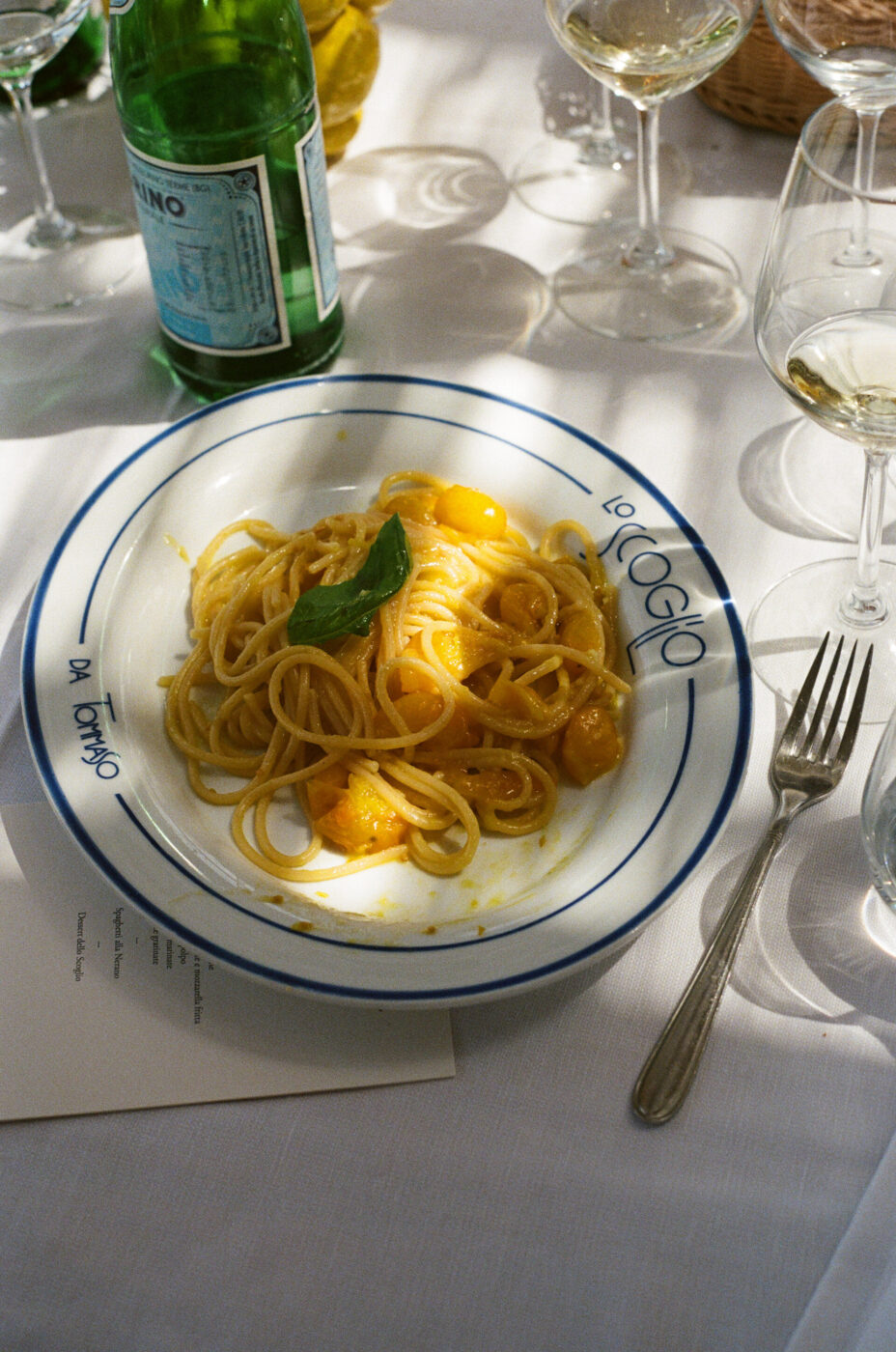Italy is a country that knows a thing or two about sailing. With 7,900 km of coastline and more than 550 scuole vela (sailing schools), many Italians spend sunshine-filled summers aboard a sailboat, and it’s here that the regatta was invented. The earliest documented mention of a regatta dates to the mid-13th century, when a gondola race along the canals formed a part of Venice’s “Festa delle Marie” festivities (it’s probable, however, that regattas predated this period, given Venice’s long standing maritime tradition). Although many notable sailing races take place in Italy today, the one that takes the cake in natural beauty is the regata di altura (offshore) Tre Golfi. So named for the three gulfs through which it runs–those of Naples, Gaeta, and Salerno–the 240-kilometer-long regatta cuts through the crystalline waters of the Campanian coastline, backed by the silhouette of the active volcano Vesuvius. The passages between sandbanks and rocks of the many islands require skill and technique. As Carlo de Zerbi wrote in his 1954 Yachting Italiano, “I believe that the risks and the difficulties of a navigation of this nature, that requires extreme precision in taking coordinates and judging distances, couldn’t have a more enticing backdrop.”
The Tre Golfi Regatta sets its base in the historic Santa Lucia port in Naples, home of Circolo del Remo e della Vela Italia, one of the race’s primary organizers, and the Reale Yacht Club Canottieri Savoia, one of the event’s supporting yacht clubs (the other is the Yacht Club Italiano di Genova). Participants set sail from the Campanian capital on Friday, May 17th at 4:50 PM. The fleet will chart a course towards the candy-colored island of Ponza, navigating past the picturesque islands of Ischia and Procida (of which “the town looks like a small multicolored nativity scene,” wrote de Zerbi). After rounding Ponza, sailors will head to Punta Campanella, at the tip of the Sorrentine Peninsula. The last leg includes a loop around the Li Galli islands off the Amalfi Coast, before the exhilarating return journey to Naples, skirting Sorrento for the grand finale on Sunday, May 19th.
Here, a journey through the major towns and islands of the regatta, in its 69th edition this year:
Ponza
From Naples, the racers speed out into the open sea to one of the pearls of the Mediterranean: Ponza, which used to be in Campania and is now part of Lazio. This little island in the Tyrrhenian, part of the Pontine Archipelago, is a place of tiny, colorful houses, sunsets that put rainbows to shame, and crystal clear waters that pool into coves and caves. Among the latter is Grotte di Pilato, dug into the volcanic rock by ancient Romans, who used the network of caverns as a fish farm. The port of Ponza, adorned with fishing boats, resembles a scaled-down version of Naples, yet with a more intimate cluster of houses ascending the rugged hillsides. With vibrant stripes of amber, red, yellow, and cream, occasionally accented by dashes of blue, the townscape extends all the way to the shoreline. To overlook the scene, head to Bar Tripoli, a nearly 100-year-old establishment that serves reasonably priced drinks and panoramic views come aperitivo time. For the island’s largest stretch of golden sand, Frontone Beach is the place–and, at the end, you’ll find Da Enzo, a seafront restaurant in a cave with some of the freshest fish and seafood around. Ponza is where you’ll find pranzo al mare at its finest.
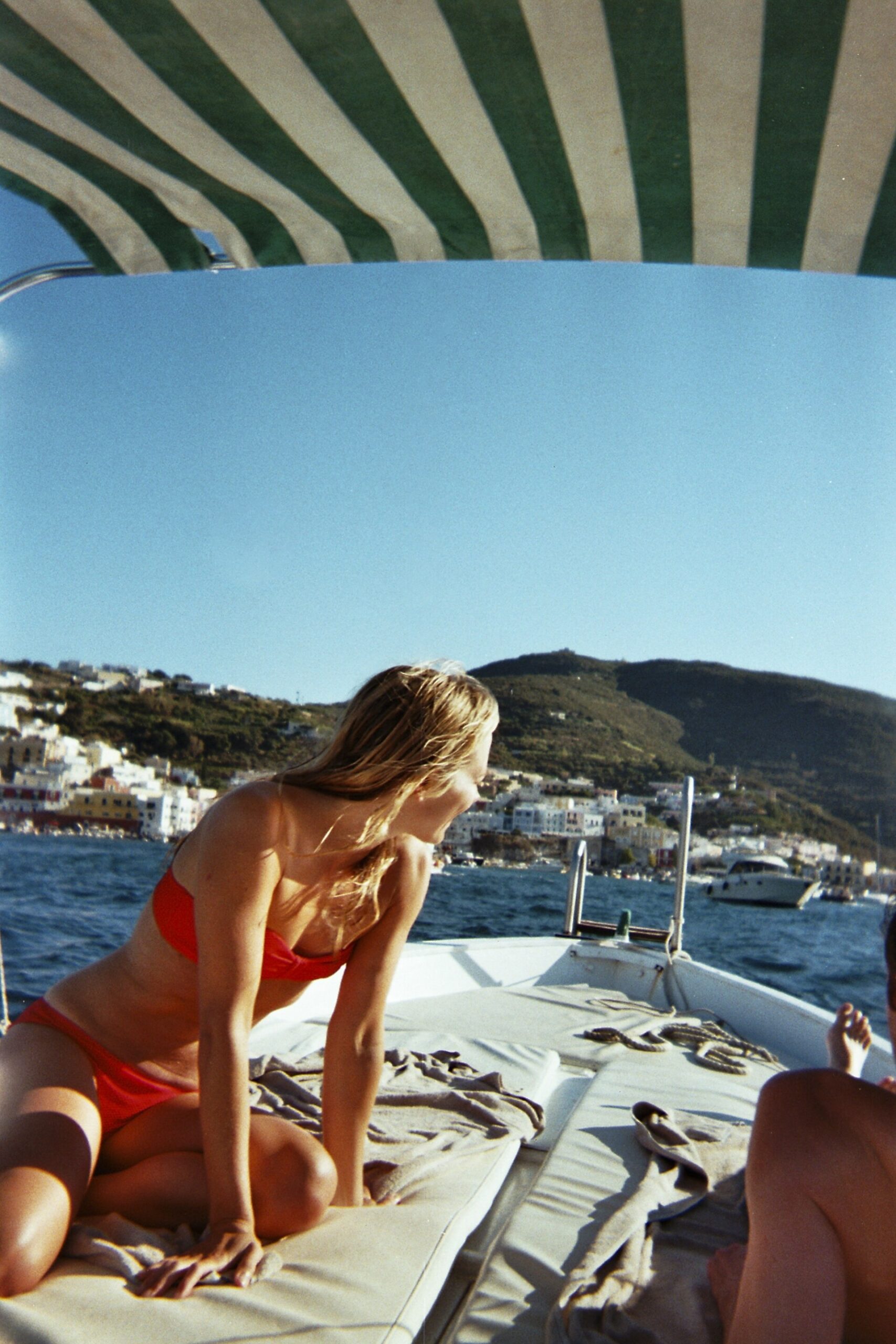
Li Galli
After rounding Ponza, the regatta heads to Li Galli, also known as the Sirenusas, a small dolphin-shaped archipelago in front of Positano. Consisting of three main islands–Gallo Lungo, La Castelluccia, and La Rotonda–this archipelago was home to the mythical sirens that tempted Odysseus with their sweet, sweet songs. Today, it’s owned by Italian entrepreneur Giovanni Russo, who purchased them from Russian ballet dancer Rudolf Nureyev. Nureyev, owner from 1989 until his death in 1993, transformed one of the islands into a lavish villa, which served as his personal sanctuary and a gathering place for artists and celebrities from around the world; just two of his illustrious guests were Aristotle Onassis and Jacqueline Kennedy, who had already developed a deep affection for the area during a trip to Ravello in 1962. The crystal-clear waters surrounding the islands are ideal for swimming, snorkeling, and diving, and it’s become a go-to spot to observe the vibrant marine life beneath the surface. While access to the islands themselves are restricted, boat tours and excursions from nearby towns offer visitors the opportunity to admire the stunning archipelago that seduced many sailors of yore.
Sorrento
Back around the tip of the Sorrentine Peninsula, and the race skirts Sorrento, a town in the volcanic shadow of Vesuvius, full of lemon-clad lanes and stoney steps. Often overlooked for Amalfi’s glitzier towns, Sorrento offers unparalleled views across the Gulf of Naples to the twinkling lights of the city of the same name. The Greeks founded “Surrentum” in the 7th century BC, and it became a land that featured heavily in their culture and cultures beyond. It was here that famed poet Torqueto Tasso was born and that the likes of Keats, Dickens, and Byron holidayed. Today, you can swim among the city’s history at Bagni Regina Giovanna, a tucked-away spot with Roman ruins that requires a bit of a hike to get to. Those who prefer to stay near the port should head to Antonino Esposito Pizza e Cucina; the pizza of the month is always a must. For finer dining, the two-Michelin-starred Don Alfonso 1890, a 20-minute drive from Sorrento in Massa Lubrense, serves seasonal food with a twist, celebrating the produce of the peninsula, alongside wines from their 25,000-bottle cellar in the 6th-century tunnels beneath the establishment. Back in Sorrento, Maison la Minervetta, a stylish 12-room hotel, also offers a two-Michelin-starred restaurant overlooking the Marina Piccola for great views of the gorgeous sailboats from up high. For even more Michelin, Torre del Saracino, in a stone-walled medieval tower, serves some of the greatest zuppa di pesce.
Bonus: If, instead of sailing, you’re driving from Sorrento to Naples or vice versa, make a stop at Villa Poppea, the striking ancient Roman villa of Emperor Nero’s wife and site of the excavations of Oplontis, and at Villa Vesuviana de Gregorio, unique for its harmony of rustic features and 18th-century ornamentation (to book a private visit, contact our Travel Team here).
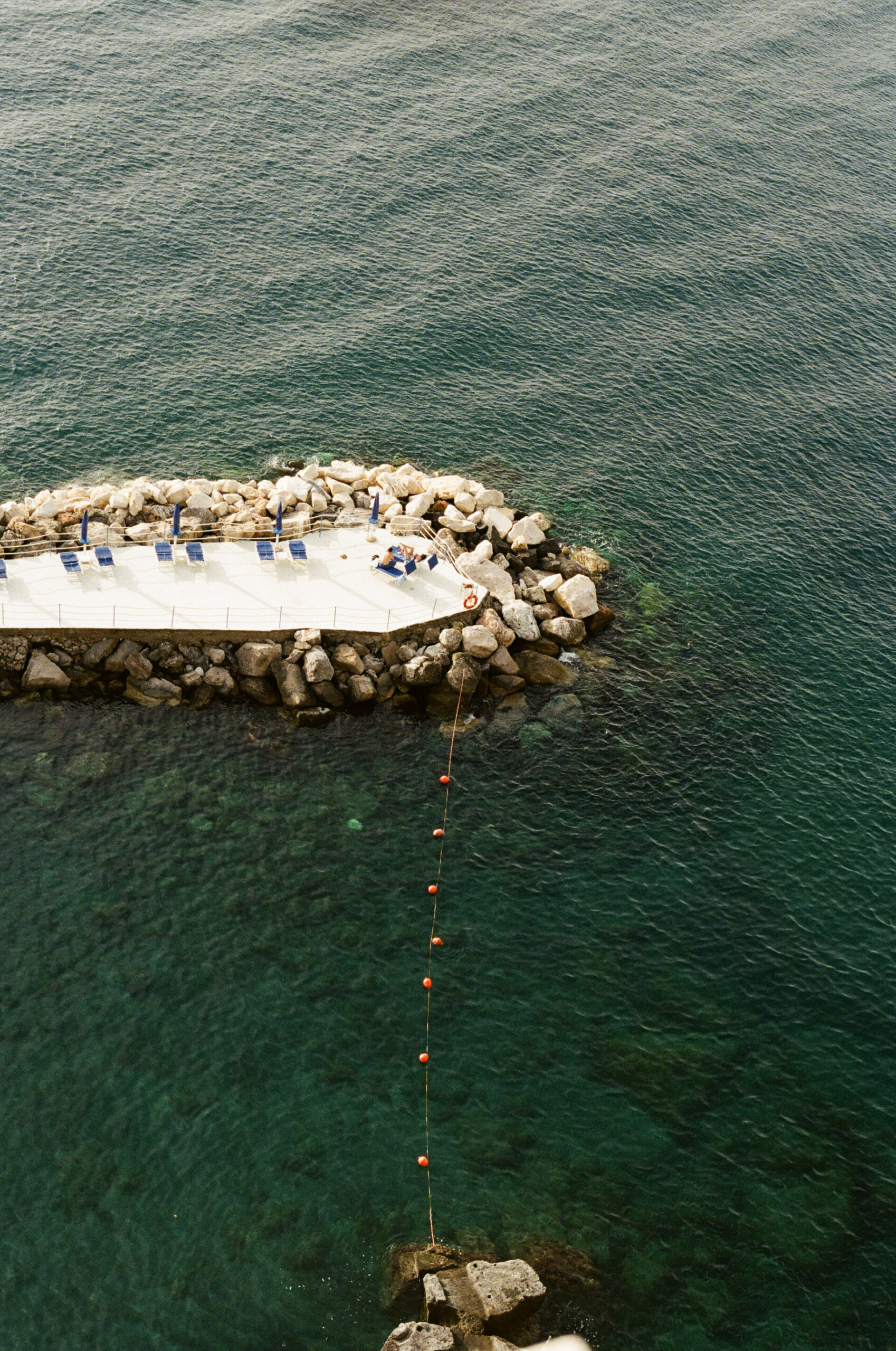
Naples
The finish line of the Tre Golfi is Naples–Camapania’s capital and the city of Maradona and Elena Ferrante and Parthenope. According to legend, the city was founded by a group of Greek settlers led by the latter, a siren, who was said to have washed ashore and died on the nearby island of Megaride after failing to lure Odysseus with her enchanting songs. The settlers, captivated by the beauty of the region, decided to establish a new colony on the mainland and named it after her. Over time, the settlement grew into a thriving city known for its strategic location, fertile land, and bustling port–an important hub for trade and commerce in the ancient Mediterranean world. In Naples, one should therefore begin with its historic treasures: the National Archaeological Museum housed in the 16th-century Palazzo degli Studi and the majestic Royal Palace of Capodimonte, which offers panoramic views of the city and the Mediterranean Sea. But the character of Naples is perhaps best felt in its streets. Head to the neighborhood of Rione Sanità to understand the quintessential Neaoplitan feelings of ammuina and appucundria, among vendors shouting “frutta fresca!” and mopeds zigzagging between cars. Visit Concettina ai Tre Santi, where Ciro Oliva is revolutionizing the world of pizza, and Atelier Inès, a boutique hotel and workshop that’s always been at the heart of the district.
Finally, the regatta pulls into the Reale Yacht Club Canottieri Savoia di Napoli, an iconic circolo of Naples founded in 1893 and the place where contestants lower their sails. Although the competition is fierce till the end, there’s a beautiful camaraderie among the sailors, and though they may face each other again soon, it’s now time to celebrate another regatta well raced over a glass of something cold. For many, sailing is a lifestyle, not just a sport, blending the thrill of competition with a shared passion for the sea and a sense of community that transcends the racecourse.
